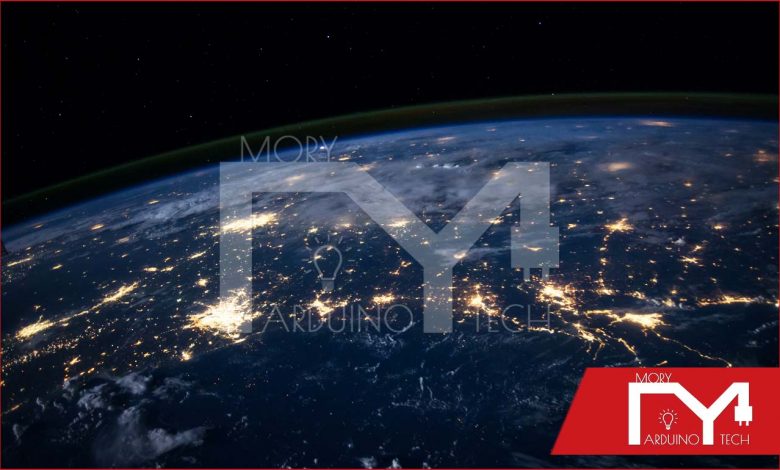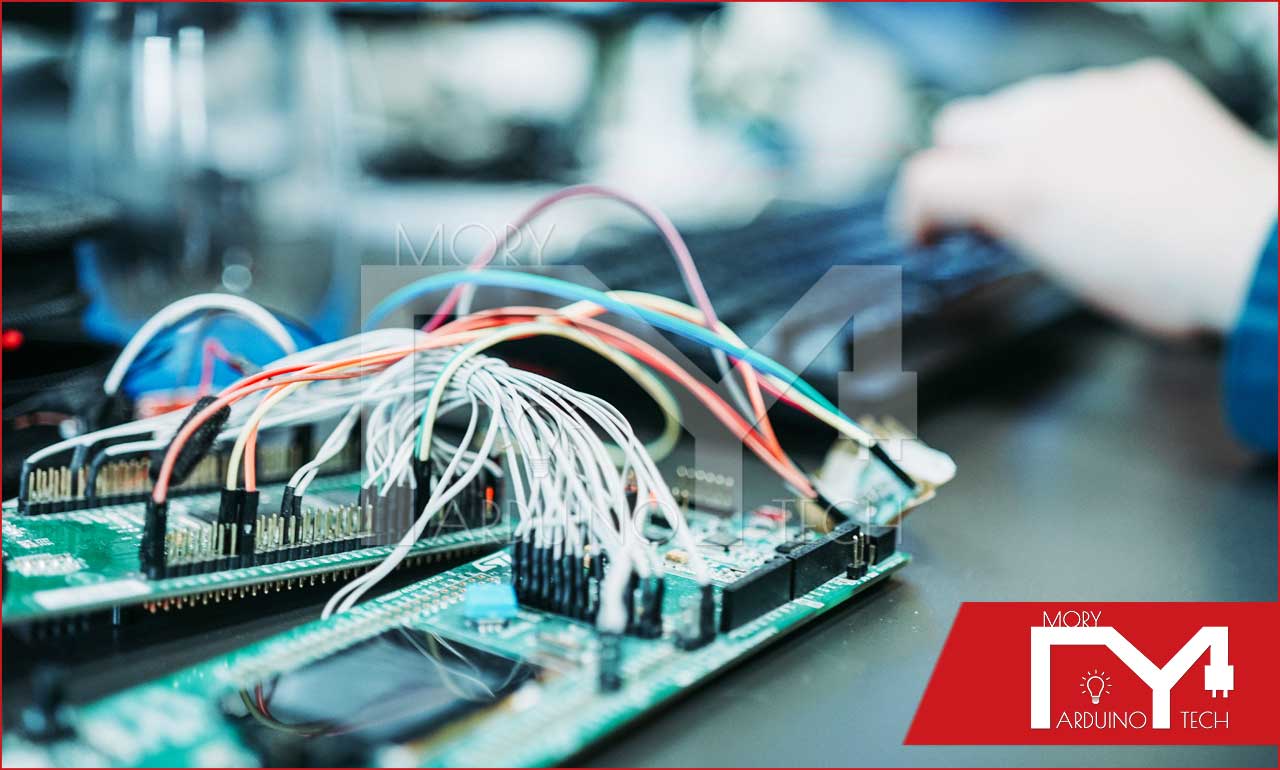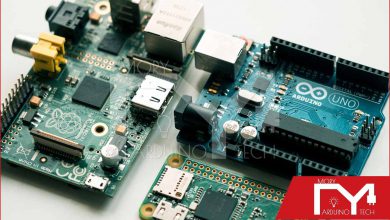IoT Internet of Things

Internet of Things
Internet of Things (IoT, Internet of Things) is a “smart home” concept, where all (or many) household appliances and systems are controlled via the Internet. The idea of the Internet of Things first appeared back in 1999 by Kevin Ashton, a researcher at the Massachusetts Institute of Technology (MIT), who then proposed the concept of a control system over the Internet for industrial facilities.
The Internet of Things involves equipping every device, be it a vacuum cleaner, refrigerator or washing machine, with an Internet connection module with the ability to interact with the home computer or the home owner’s smartphone. With the advent of the Internet of Things, many different problems will automatically be solved : from individual comfort and safety, when a “smart” home will assess and control its own condition, to eliminating traffic jams, when cars themselves will negotiate optimal traffic with traffic lights. Refrigerators will be able to keep track of expired products, medicines will tell you the time of admission, a briefcase in rainy weather will remind the owner that he has hammered an umbrella, and the car itself will maintain a safe distance in the traffic and show where and how best to park.
The Internet of Things is not only a set of different devices and sensors interconnected by wired and wireless communication channels and connected to the Internet, but a closer integration of the real and virtual worlds, in which communication is carried out between people and devices.

In MORYARDUINO, we will get acquainted with practical examples of creating the simplest devices for the Internet of Things based on the popular Arduino controller and the Raspberry Pi microcomputer. For Arduino and Raspberry Pi to become full-fledged devices for the Internet of Things, they must be equipped with sensors and actuators and provide them with access to the Internet.
Accordingly, we will consider the work of the Arduino and Raspberry Pi with various sensors and devices, as well as organizing their access to the network with further sending data to well-known cloud services and receiving them from there.
The Internet of Things is a new direction that is now rapidly developing. Internet-related things are designed to make our life even more functional and convenient. The Internet of Things transforms the objects familiar to us into completely new tools that allow us to collect, aggregate and analyze significant amounts of information about the reality around us. Devices with a permanent Internet connection can monitor almost all measurable parameters. Thus, the Internet of Things provides us with the ability to monitor any indicators of the environment in real time. And, most importantly, the ability to implement the functions of analyzing the received indicators and controlling devices that change them.
